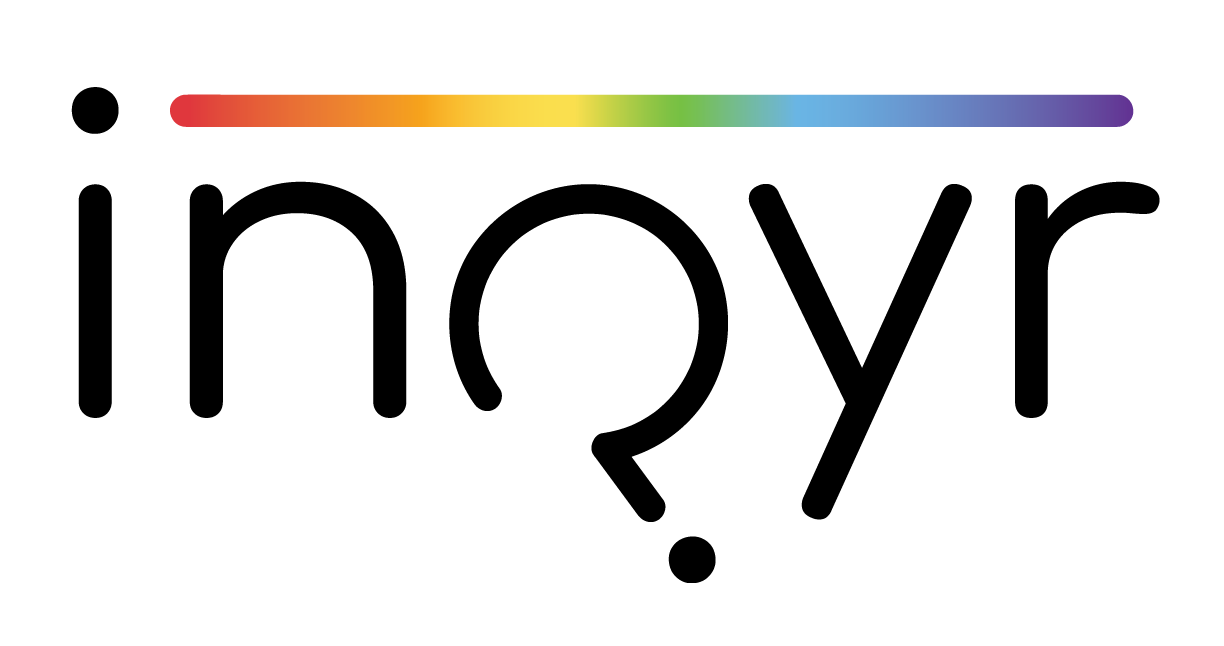Engaging the senses in qualitative research via multimodal coding: Triangulating transcript, audio, and video data in a study with sexual and gender minority youth
Craig, S. L., McInroy, L.B., Goulden, A., & Eaton, A. D. (2021). Engaging the senses in qualitative research via multimodal coding: Triangulating transcript, audio, and video data in a study with sexual and gender minority youth. Journal of Qualitative Methods, 20. https://doi.org/10.1177/16094069211013659
Highlights
Background
While qualitative transcript analysis is used across disciplines, its limitations are exemplified in the context of working with marginalized populations
Options for coding and integrating qualitative data across multiple formats such as text, audio, and/or video (i.e. multimodal coding) have not been comprehensively detailed in the literature despite the potential of this method to expand the analytical lens in qualitative research
Study Description
This constructivist grounded theory study used semi-structured interviews to explore the impact of media engagement on sexual and gender minority youth (SGMY) resilience and identity development (n = 19; aged 18-22)
Nine independent coders representing diverse social locations utilized the innovative multimodal approach to code and integrate three data formats (transcript, audio, and video)
Each interview was coded by a minimum of two coders for each format to allow for triangulation and help conceptualize an understanding of this multimodal approach
Key Findings
While transcripts provided the most straightforward form of data for coding, video captured the broadest range of emotions and experiences of SGMY participants
There were differences in modality observed related to the emotion generated among SGMY participants, and fluctuations in tone and affect were most frequent when the semi-structured interviews expanded beyond pre-developed questions
Researcher positionality can vary across modes of coding and differing levels of reflexivity may be needed depending on the format in which analysts engage with data
Conclusions
This study advances a more nuanced understanding of the similarities and differences concerning multimodal data collection and analysis for a marginalized population
Methodological strategies for coding and integrating data types include the suitability of open interview formats and assigning numerous coders to distinct data types


